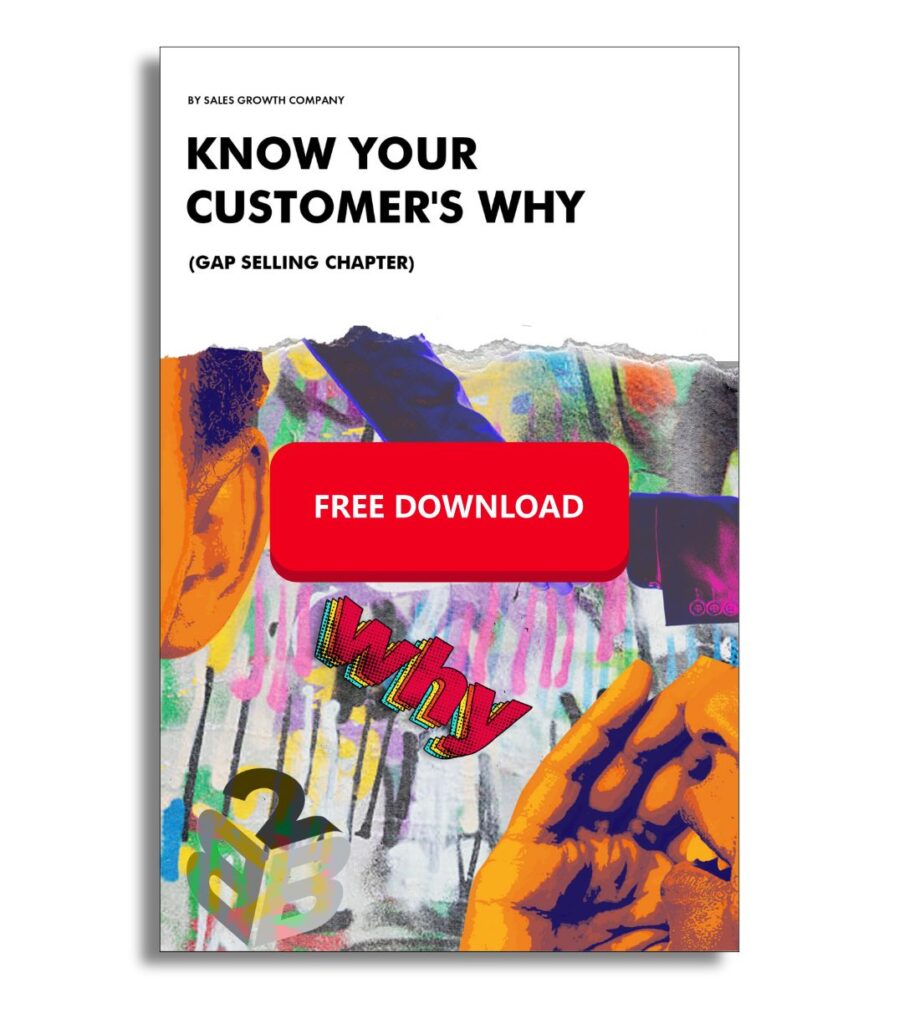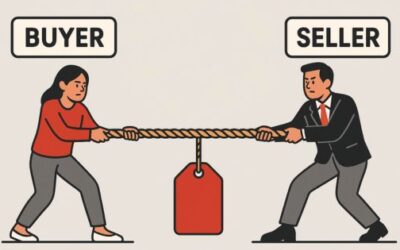It’s that time of year again. The deals you thought were dead suddenly come back to life. Buyers who ghosted for months resurface and sales floors are buzzing with that familiar, frantic energy. Your sales team is scrambling, your VPs are hovering, and everyone is focused on hitting the number.
Here’s the problem, when you sell just to sell, you’re not setting the company up to succeed. You’re borrowing from next quarter, next year, and potentially the future of your pipeline. The deep discounts and rushed closes may look great on the board today, but in six months? You’ll be dealing with that pesky five letter word that rhymes with burn.
Churn.
Your team knows it too. The best reps can smell a bad deal from a mile away. But when the pressure’s on, they push it through anyway. They cross their fingers, hope the buyer sticks, and pray. Selling to hit a number without solving the buyer’s actual problem first is like pouring gasoline on a fire. It ignites quick, and eventually, burns everything down. If you’re tired of this cycle, there’s a better way.
Why Selling to Sell Hurts You (and the company)
Selling to hit quota feels good, until it the fallout comes.
That deal you pushed over the line with a 30% discount? It’s gone six months later. The customer realized they didn’t actually need your solution, or worse, your product didn’t solve the problem they thought they had. Now, the revenue you celebrated in December is clawed back by June.
And it doesn’t stop there.
Churn bleeds revenue. Every lost customer chips away at your recurring revenue base. By the time you account for lost ARR, replacement costs, and the hit to morale, you’re in the hole, deep.
Customer Acquisition Costs (CAC) spike. Replacing churned customers isn’t cheap. When you factor in the expense of acquiring new buyers to fill those gaps, profitability tanks.
Your brand takes a hit. Churned customers rarely leave quietly. They leave frustrated – and they talk. The reputational damage extends beyond the account, making future deals harder to win.
Your sales team burns out. Selling just to hit the number weighs heavy. Your top reps know when they’re forcing a bad fit. Eventually, they’ll churn too.
It’s a self-inflicted cycle. Selling without solving drives future pains. Every bad deal you close today is a churn waiting to happen.
Costs of Misaligned Deals
Think about the last time a deal fell apart after signing. What happened?
The buyer didn’t see the value. Or maybe they did – briefly. But after implementation, the cracks started showing. The solution didn’t fit as well as they thought, or the problem they were trying to solve wasn’t as urgent as they believed. Now, six months later, they’re gone.
This is the cost of selling to sell.
Buyers walk away because they never really needed the product. It was a nice-to-have, not a must-have. They bought because the discount was too good to pass up.
Sales teams waste time on deals that never should’ve closed. The energy spent pushing bad fit deals through the pipeline could have gone towards buyers with real problems.
The root cause? You sold to hit quota, not to solve a problem.
When buyers churn it’s not because they suddenly lost interest. It’s because the gap between their current state and future state wasn’t big enough. The solution didn’t fix the root cause of the problem so the problem persists.
And whose fault is that? Yours.
When you sell to hit a number, you’re closing deals without doing the work to understand the buyer’s needs.
Sell to Retain
When you sell to retain the game changes. You stop looking for shortcuts and start focusing on fit. The right fit means the customer sticks, grows, and brings others with them.
You’ve got to remember:
- Not every buyer is your customer
- Not every problem is worth solving
- And yes – sometimes the best move is to walk away
Selling to retain means having the discipline to say no to bad deals. It’s all in finding the gap – the distance between where the buyer is today and where they need to be. If the gap isn’t there, move on.
Tactical Shifts for Sales Leaders
If your team is stuck in the sell to sell cycle, it’s time to reset.
Selling to retain is about process. As a sales leader, you set the tone. Your team won’t shift their approach until you do.
Try these steps:
Lead with Problem-Centric Discovery
Stop letting your reps jump to demos and pricing. Make discovery the heart of your process. If your team doesn’t know the buyer’s current state, root cause, impact, and desired future state, they aren’t allowed to move forward. Period.
Kill the Discount Reflex
No more discounting. If a rep can’t justify the value or why the prospect needs your solution, they don’t serve the deal. Teach them to sell the problem, not the price. Buyers will pay when the gap is real.
Deal Reviews
Forget forecasting calls filled with next steps and fluff. Use deal review to break down discovery notes. If the problem, impact, or cause  isn’t clear, send them back to the buyer. No exception.
isn’t clear, send them back to the buyer. No exception.
Sales leaders drive behavior. If you want long term revenue, reward the process shift, not the number.
Challenge to Sales Leadership
As the year winds down, ask yourself:
Is my team selling to hit a number or selling to solve real problems?
The answer will tell you everything you need to know about your churn rate next year.
Selling to hit quota is easy – it’s the path of least resistance. But, it’s a short term game that burns out your team, frustrates buyers, and eats away at your revenue.
Selling to retain is harder. It requires discipline, patience, and the courage to walk away from deals that don’t fit. But it’s the only way to build sustainable growth.
As a sales leader you have two choices:
Keep chasing the number, knowing churn will follow.
Build a team that sells for the long game – where deals stick, customers expand, and the pipeline grows stronger every quarter.
The difference between a good year and a great year starts with this decision.



0 Comments